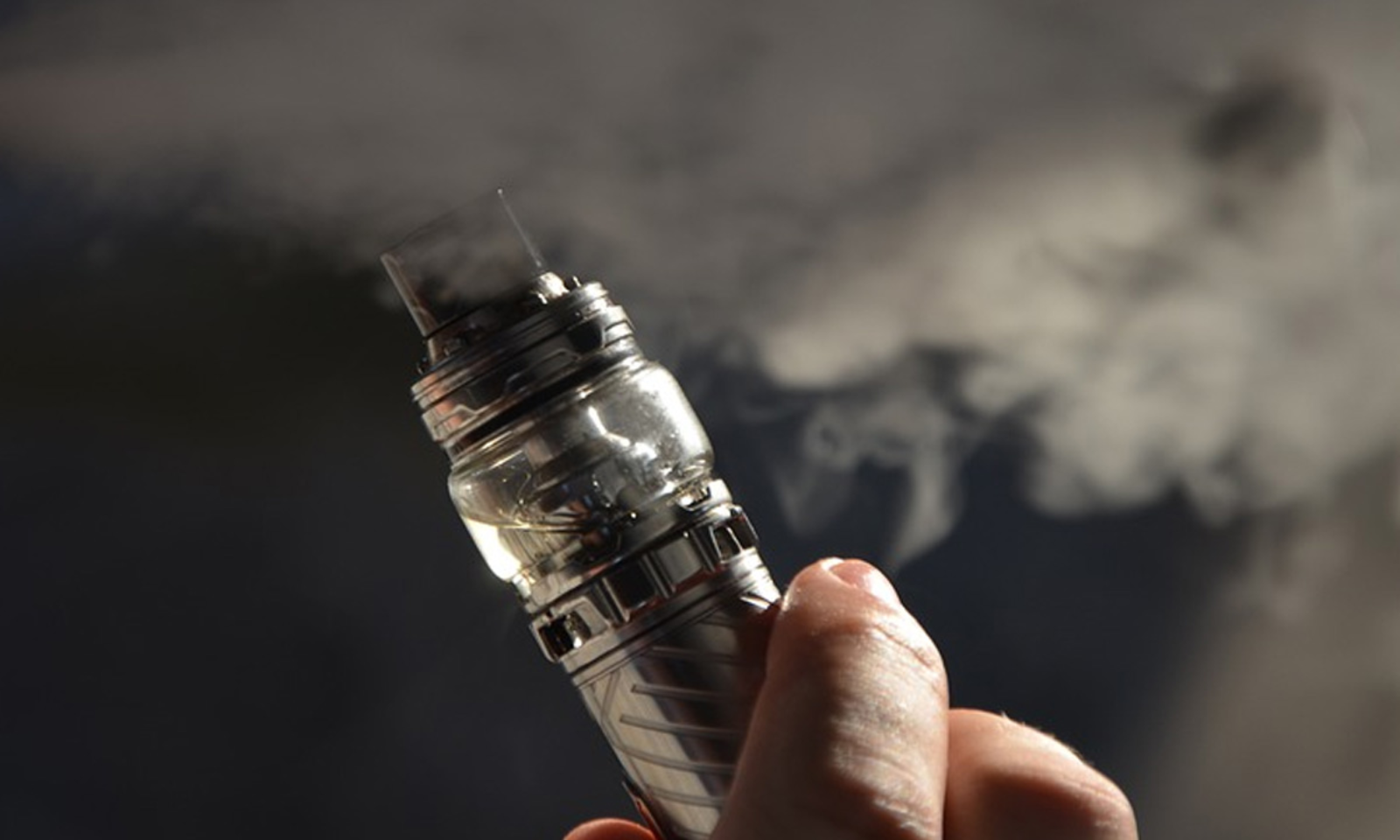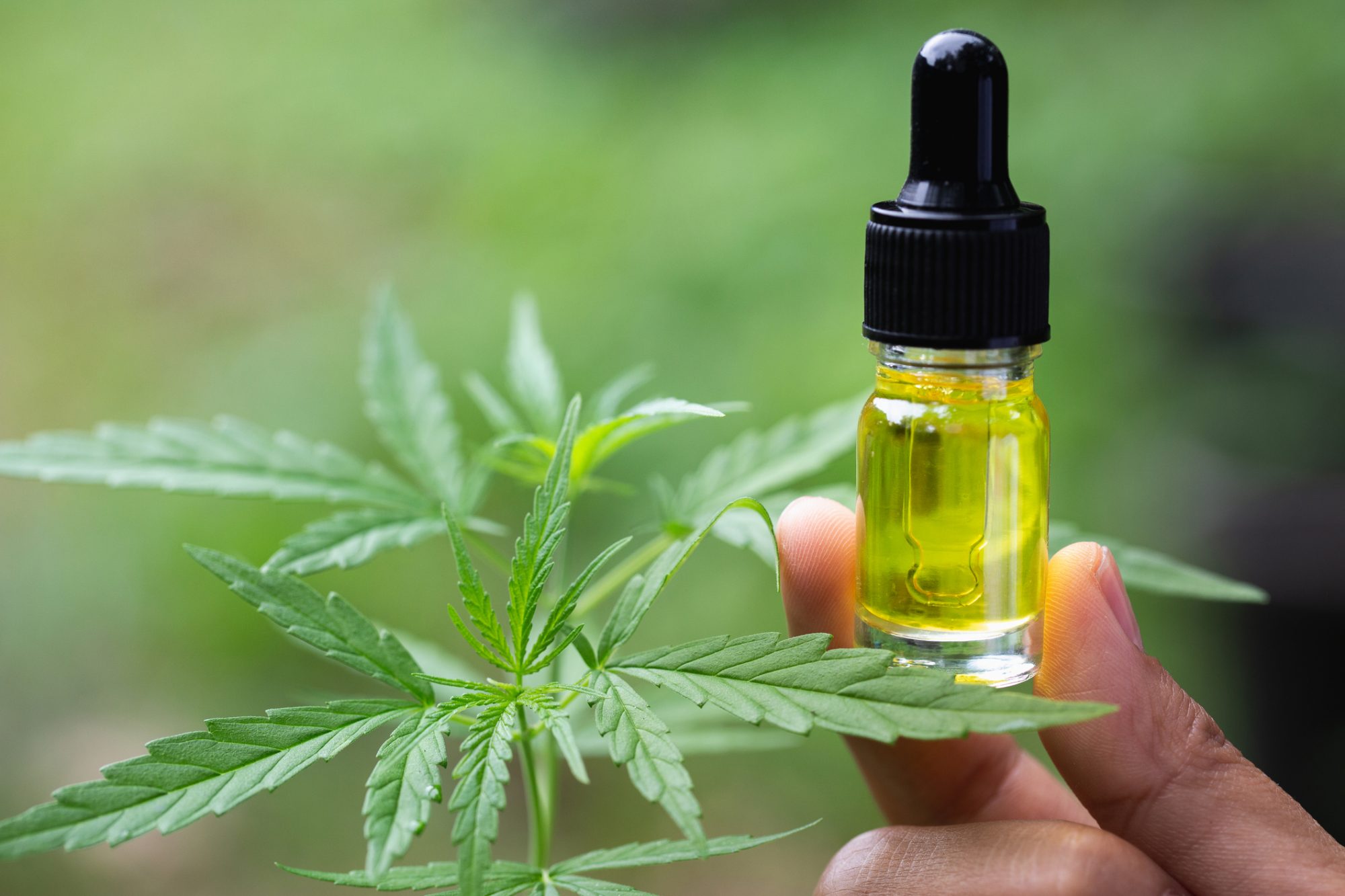As more and more growers choose LED grow lights for indoor growing, there are many new products on the market. The benefits of growing with LED grow lights are enormous, but there are a few caveats to consider. This is not a negative consideration, just a consideration for effective growth.
One of the advantages of Grow lights is temperature reduction. This is good for many reasons, but you should be prepared to compensate. The ideal growing temperature is in the 70-80 degree range. When changing from conventional lamps to LEDs, plants may require an additional source of heat to maximize growth and flowering. You may have a heat mat underneath or slightly warm up the room temperature. The ideal soil temperature is around 73 degrees. If this is reached, your plants will thrive while growing indoors.
Growers should also be aware that evaporation is also (almost) eliminated when the heat source of conventional grow lights is removed. Over-watering is a common mistake new LED growers make. Too much water can cause nutrient uptake problems. The best way to deal with this is to water the plant and then let it run out of water. Maintain this water level and allow plants to become well established. Once the growing medium is saturated, plants do not need to establish large root systems. With minimal water, it will find water and grow into a healthy plant.
Indoor cultivation has specific effects on different types of plants. Research the type of plant you are growing to find out if you need to keep the grow light on continuously or if your plant needs a dark period. Many plants grow well with 24-hour LED lighting and show good growth results.
Even plants grown indoors need half the recommended amount of nutrients. A reduced photoperiod in flowering plants equates to an increase in plant stress. As with low water, a drop in nutrients can equate to more flowering.
Some plants may need an auxiliary light source in the room. Tomatoes, for example, especially benefit from a single, soft white light. LED lights emit specific types of wavelengths, and grow lights sometimes need to emit specific wavelengths for the crop being grown.
If you’re considering using LED grow lights, there are a number of uses that can help. Whether you grow aeroponics, indoor hydroponics or orchids, LED lighting is your new choice in addition to standard indoor gardening. LED lighting can provide a longer growing period, save electricity, reduce water use and eliminate overheating. It’s the perfect choice for several reasons.
Growing indoors is possible where it is currently impossible. The potential benefits of low-energy, water-saving cultivation could be a solution to a bigger global problem than simply starting plants.
There is one thing to keep in mind when switching to LED grow lights. The light emitted is of very high intensity. It may not seem like a big deal at first, but you should never stare at a light for too long. may cause damage.
The cost of changing to LED grow lights can be recouped in just one to two years by savings on conventional bulbs and electricity savings.
Why choose one over the other when replacing indoor grow lights?







Leave a Reply